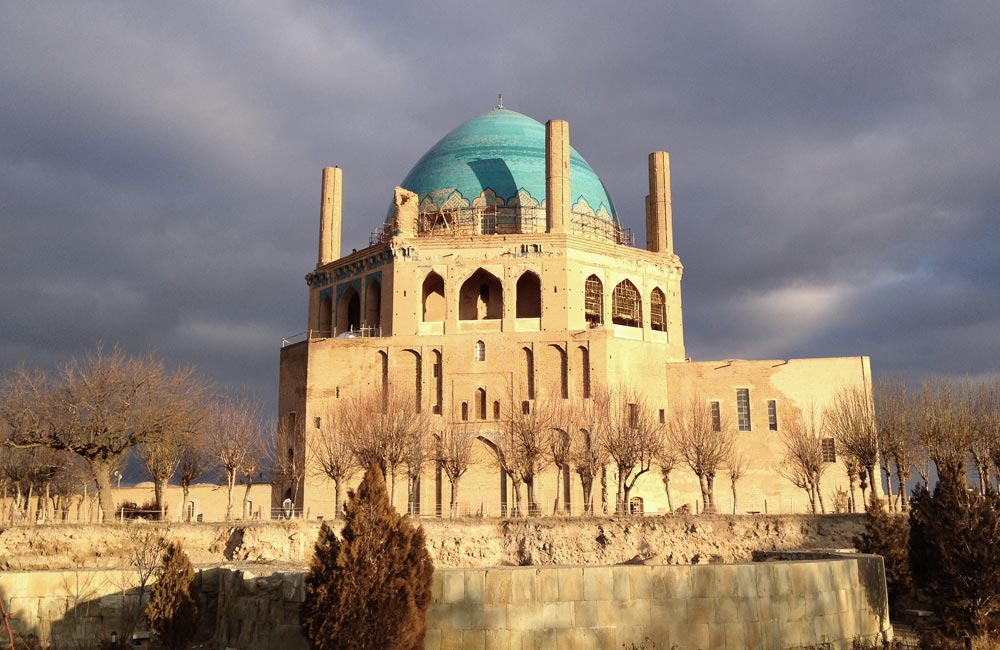Soltaniyeh, the capital of the ancient Mongol Ilkhanid Dynasty (13th and 14th centuries), forms an essential bond in the development of Islamic architecture in central and western Asia. It was recognized as an official UNESCO registered World Heritage Site in 2005. Although archaeological findings have shown evidence of the occupation of Soltaniyeh’s region from at least the first millennium BC, not much is known about the new settlement. Its name translating to ‘Land of the Imperial’, the old city was founded by the fourth Mongol ruler, Arqun Khan, in 1290. Its rich pastures, ideal for horse breeding, and hunting grounds were why he chose this region to build himself a summer residence. After his death, his son built a mausoleum on top of his tomb, which is now called Tappeh Nur.
Most of the information about the new settlement is from after Oljaytu, later known as Sultan Muhammad Khodabandeh, came into power in 1304. It was when he decided to expand the city and turn it into the new capital that he named it, Soltaniyeh. Alongside the city of Tabriz (former Ilkhanid capital), it became a major trading hub on the route connecting Asia to Europe. At the time, the Ilkhans had converted to Shi’ism and it was though that they had built a great shrine to house the relics of Caliph Ali and Hussein, his son, brought over from Baghdad. This never came to happen and, subsequently, the shrine became the mausoleum for Oljaytu.
The Oljaytu mausoleum is the prominent monument of Soltaniyeh. The building has an octagonal shape, topped off with a high profile double-shell dome and is covered in turquoise and blue faience tiles. The structural masterpiece is surrounded by eight minarets. The entire interior of the building is decorated with low relief ornamentation. Surrounding the mausoleum, a stone terrace forms a citadel, which itself is surrounded by a 30 meter-wide moat. The moat, today, is an active archaeological site.
Other monuments and site in the registered region are Sultan Chelebi Oghlu mausoleum; a 14th century brick building with an octagonal tower, Mullah Hassan Kashi Mausoleum; a poet and religious figure and Tappeh Nur; Ghazan and Arqun Khan’s tomb.
City/Town: Zanjan/Abhar
Address: Tomb of Oljaitu, Gonbad St., Allameh Helli Blvd., Allameh Helli Square.


